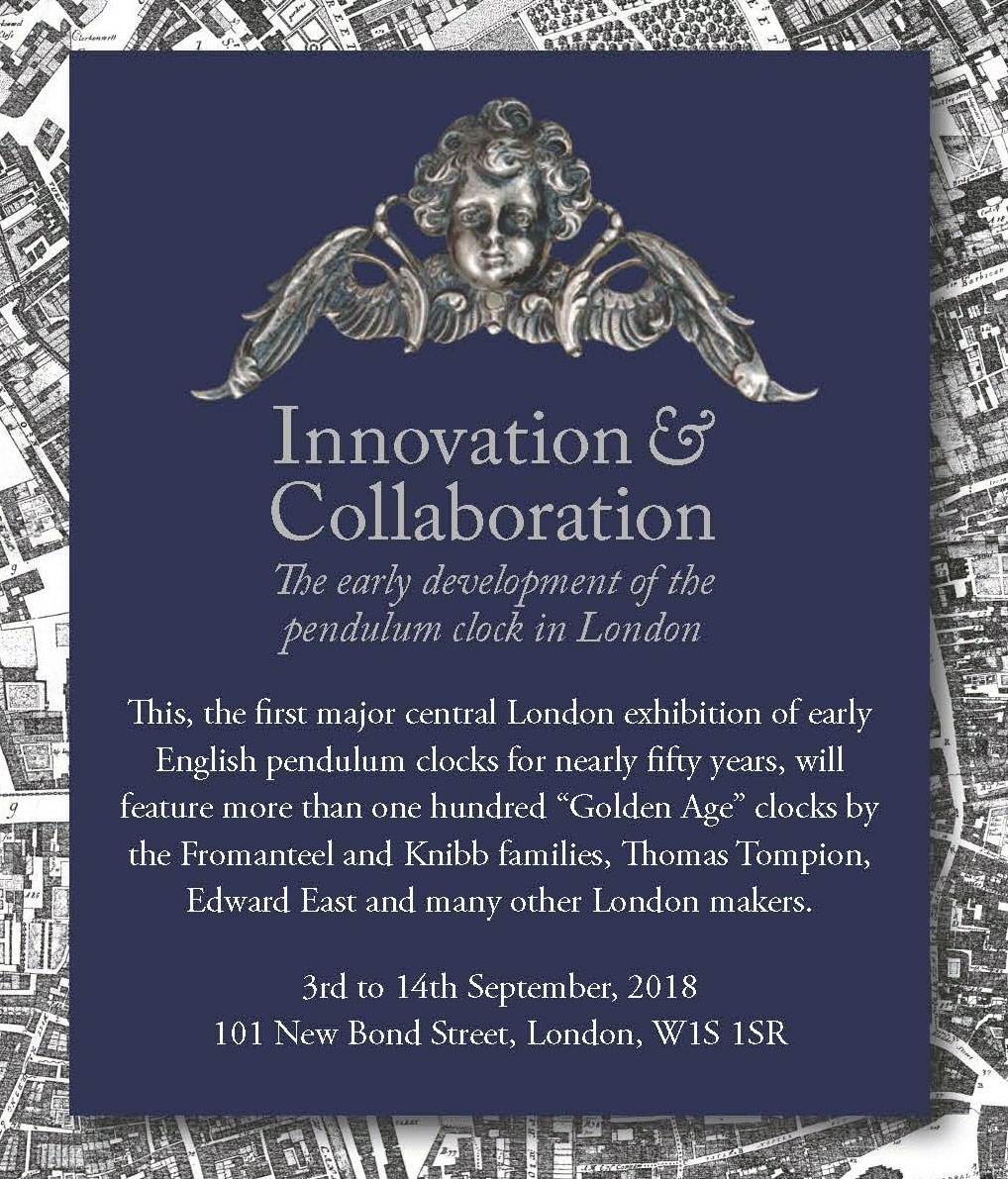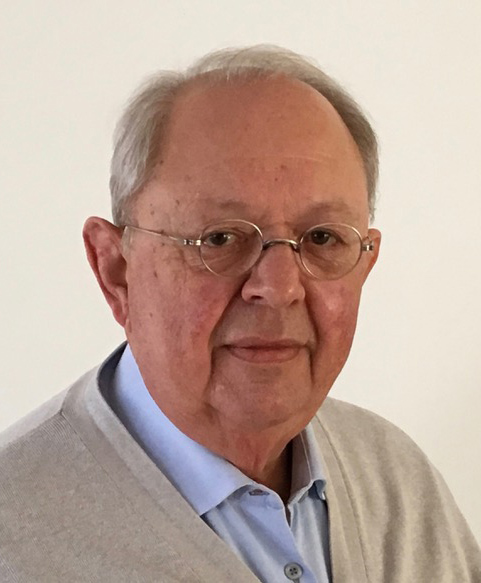|
INDEX &
INTRODUCTION
TO
A SERIES OF 5 ARTICLES ON
The
Invention
of the
Pendulum
Clock.

 |
INTRODUCTION |
The exhibition:
Innovation & Collaboration
The early development of the pendulum clock in London
was held at Bonhams London
from 3 till 14 September 2018.
First and foremost, the initiators, organisers and anyone involved
in the collecting and exhibiting
of these magnificent early clocks
deserve our utmost respect and gratitude.

Despite the beautiful exhibition, we however strongly object to the poor
research method, the text and conclusions of Richard Garnier’s and
Leo Hollis’ research as well as to the new interpretation of the
famous Coster-Fromanteel contract. As a result hereof, the attribution
of exhibit numbers 23 and 24 to specifically John Fromanteel is unjustified.
Garnier’s and Hollis’ research is predominantly
based upon assumptions, interpretations and
probabilities and not on
historical facts and scientific evidence.

Richard Garnier & Leo Hollis
They have tried to clarify the specific role of Christiaan Huygens,
Salomon Coster and John and
Ahasuerus Fromanteel in relation to the
history of Drebbel, Hartlib and Wallis and their mutual
relations.
Due to a combination of language barrier, insufficient archive
research, lack of Dutch historical
archive knowledge and Fromanteel
tunnel vision, they failed to make their new theory credible.
Notwithstanding the fact that there is no or almost no evidence of
Fromanteel’s involvement in the early development of the pendulum
clock, there is on the other hand an overwhelming
amount of
historical as well as scientific evidence of Salomon Coster’s
involvement.
Sadly enough, this casts a shadow over what was
intended to be a once in a lifetime exhibition.
The conclusion of
Garnier’s and Hollis’ research calls for a well-founded scientific
reply. Our four
articles published here are written in relation to
their publication and meant to put the historical
puzzle pieces back
into their rightful place.
Content:
Part 1: The real
story.
Part 2: The workshop of Salomon Coster.
Part 3:
Dealing with and interpreting historical sources.
Part 4: The Sequel, more inventions.
Part
5:
Salomon Coster the
clockmaker of Christiaan Huygens

|






